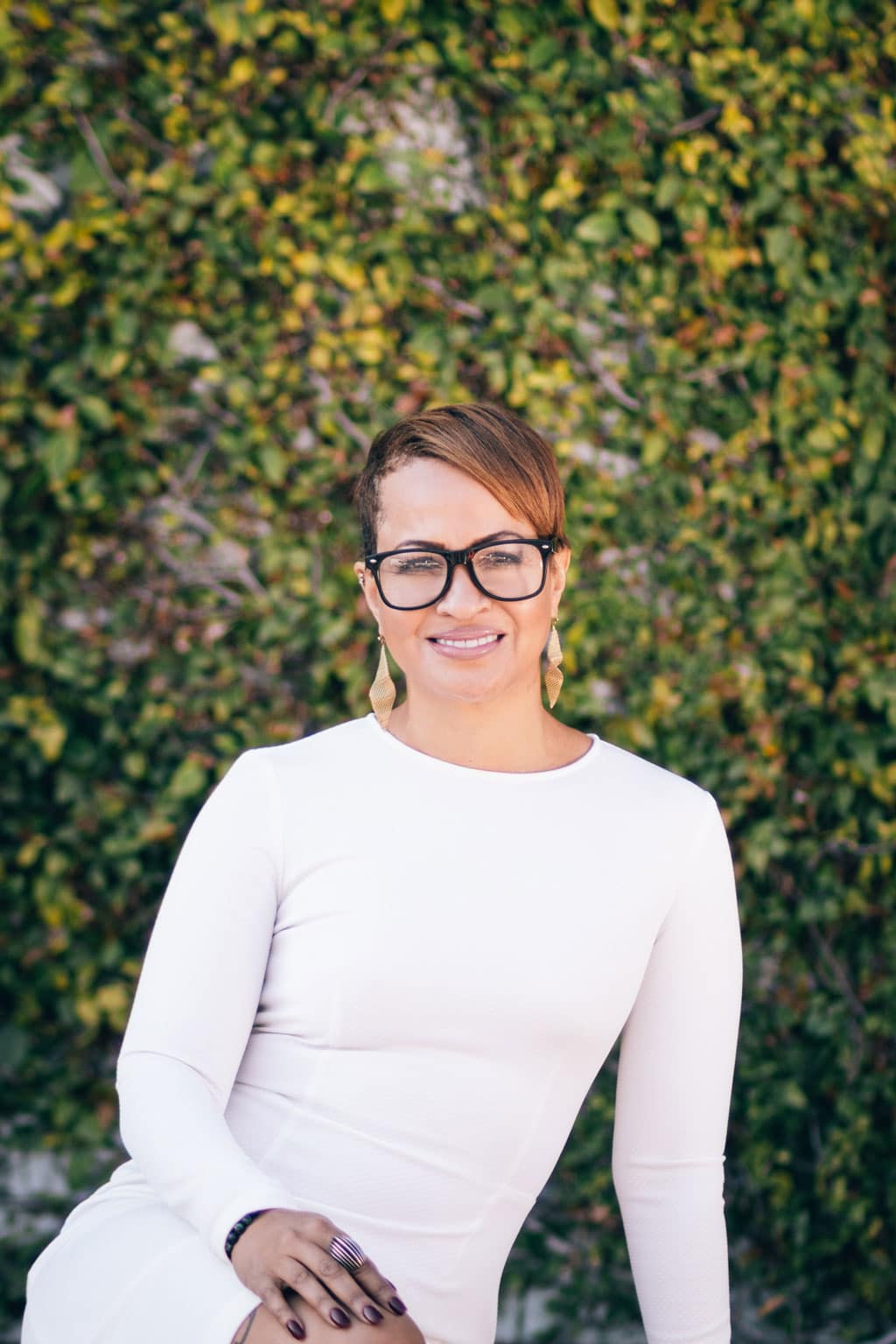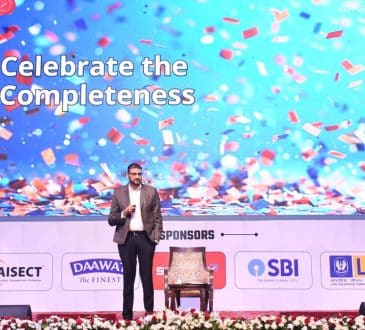What Companies Get Wrong About DEI

Diversity in the workplace isn’t just a buzzword. It’s the foundation of innovative, successful companies. Yet, while many organizations jumped on the DEI (Diversity, Equity, and Inclusion) bandwagon after 2020, some have fallen short of making meaningful, lasting changes.
So, what’s going wrong? And more importantly, what can we learn from companies that are doing it right?
DEI Isn’t a Trend
After the social unrest of 2020, many organizations rushed to launch DEI initiatives. Unfortunately, too many treated it like a trendy box to check instead of a long-term strategy. Quick fixes, like one-off unconscious bias training or superficial celebrations of diversity, failed to address deeper issues.
Even worse, companies often set their DEI leaders up for failure, giving them fancy titles but no authority or resources to make real changes. When layoffs hit in 2023, DEI roles were some of the first to go, sending a clear (and disappointing) message: DEI isn’t a priority.
These half-hearted efforts damaged trust and alienated employees, particularly those from underrepresented groups.
What NOT to Do: The McDonald’s Example
Recent events at McDonald’s perfectly illustrate what goes wrong when companies treat DEI as optional. McDonald’s recently announced a rollback of its diversity goals, hiding behind the Supreme Court’s affirmative action decision and a “shifting legal landscape” as justification.
This retreat included abandoning specific diversity targets and transitioning to a vague “Global Inclusion Team” without tying inclusion efforts to measurable business goals or manager compensation.
The numbers tell the story: While McDonald’s has achieved some surface-level wins like gender pay equity and increased spending with diverse suppliers, they’ve fallen into the classic trap of treating DEI as a checkbox rather than a commitment. By removing outside evaluation of their DEI efforts and dropping accountability measures for leadership, they’re essentially saying “trust us” without providing any way to verify progress.
While McDonald’s will naturally have a diverse workforce at entry-level positions, their boardroom tells a different story. This two-tier approach – diversity at the bottom, and homogeneity at the top – is exactly what meaningful DEI efforts should prevent.
What Diversity Looks Like When Done Right
True workplace diversity means more than hiring a few people from different backgrounds. It’s about creating an environment where every voice matters. Let’s look at some companies that are walking the talk.
Ethnic & Cultural Diversity
Johnson & Johnson holds leadership accountable through a Global Diversity & Inclusion Impact Review. They also support employee resource groups (ERGs) like the African American Leadership Council, providing spaces for underrepresented employees to connect and thrive.
Gender Inclusivity
HSBC supports its transgender and non-binary employees with a “gender dysphoria benefit” for affirming care, showing a genuine commitment to gender equity.
Religious Inclusion
Intel fosters faith-based ERGs, allowing employees to express their beliefs while promoting mutual understanding.
How to Get DEI Right
Creating an inclusive workplace takes more than good intentions. Here are some key strategies to ensure DEI efforts make a real impact.
- Embed DEI Into Leadership: Diversity starts at the top. Leaders must champion inclusion, not just during hiring but in daily decision-making.
- Support Employee Resource Groups: ERGs provide a community and a platform for underrepresented employees to share their experiences and influence change.
- Redesign Hiring Practices: Inclusive job descriptions and diverse hiring panels ensure organizations attract top talent from all backgrounds.
- Invest in Ongoing Training: DEI training shouldn’t be a one-and-done deal. Focus on actionable steps to address unconscious bias and foster empathy across teams.
This isn’t rocket science, but it does require actual effort and commitment. You can’t just throw up a few posters about diversity and call it a day.
If your company’s idea of DEI is a yearly PowerPoint presentation and a Black History Month email, you’re doing it wrong. Real change happens when DEI is baked into every decision, from how you write job descriptions to who sits on your board.
Diversity is Good for People AND Business
The bottom line is that diverse teams are better at solving problems, making decisions, and driving innovation. More importantly, they create workplaces where employees feel valued and empowered to succeed.
DEI is a moral and strategic necessity. Companies that take it seriously will thrive in today’s competitive, diverse world.
Let’s keep pushing for workplaces that reflect and respect everyone.
Written by Randi Bryant.
Have you read?
Best Countries for Americans to Move to.
Best cities in the world.
Largest Economies in the World by GDP (PPP).
Largest Asset Owners In The World.
Best Countries for Work-Life Balance.
Bring the best of the CEOWORLD magazine's global journalism to audiences in the United States and around the world. - Add CEOWORLD magazine to your Google News feed.
Follow CEOWORLD magazine headlines on: Google News, LinkedIn, Twitter, and Facebook.
Copyright 2025 The CEOWORLD magazine. All rights reserved. This material (and any extract from it) must not be copied, redistributed or placed on any website, without CEOWORLD magazine' prior written consent. For media queries, please contact: info@ceoworld.biz








